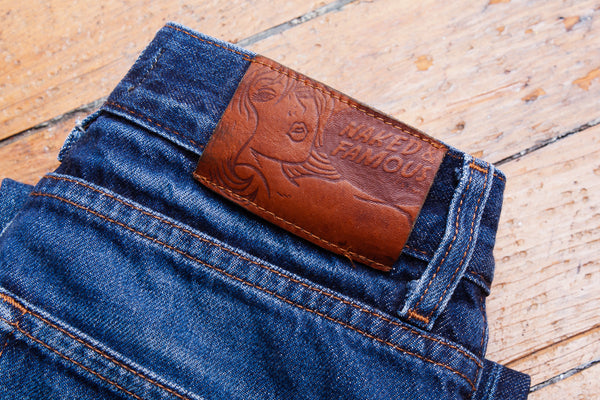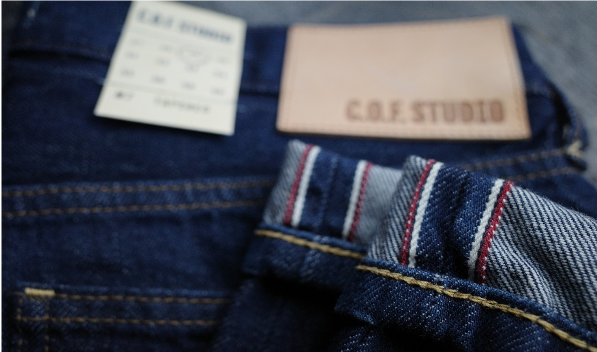The Process of Sanforization
Washing Instruction Symbols Fade February Fact #9: A myth with the care of jeans is that they will shrink when washed, but that isn’t usually the case. The majority of jeans available in the marketplace today have undergone a process called sanforization. Sanforization is the process of stretching and manipulating the yarns of the fabric prior to any washing so that any shrinking during future washes will be minimized. If jeans are not sanforized they can shrink approximately 10% when they get wet, but after sanforization jeans will only shrink up 1-2%, and that’s typically only in the length.
Continue reading



